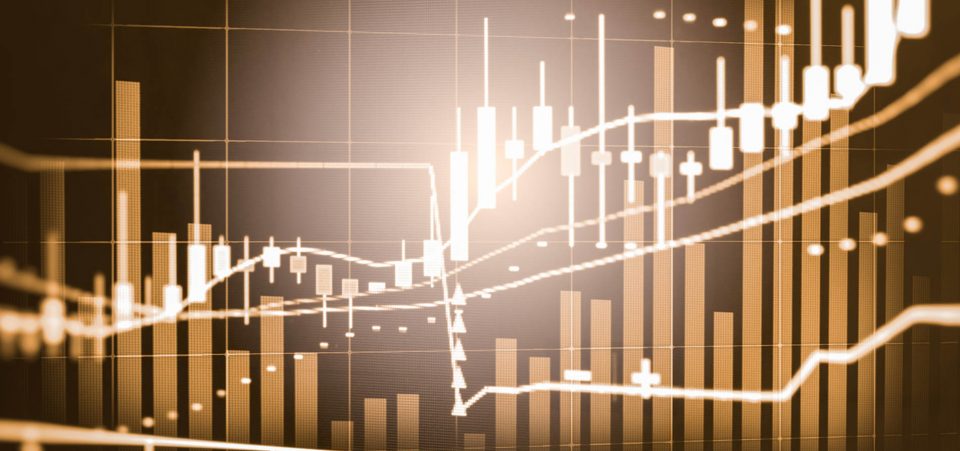Oracle of Omaha Believes Pace of U.S. Economic Growth Is Overstated
If you question the voracity of this current recovery, you’re not alone. Warren Buffett does too, and we’re pretty certain his opinion carries some weight. U.S. economic growth may not be as strong as it’s portrayed to be.
This week, the Oracle of Omaha told a CNBC host that growth doesn’t “feel” like three percent, lower than recent data suggests. “I would guess we’re in a 2 percent growth economy now… It just seems to be a couple of percent.” (Source: “Warren Buffett: This doesn’t feel like a 3% GDP economy,” CNBC, August 30, 2017.)
Buffett’s comments were in response to new economic data that suggests the economy is actually growing at three percent annualized in Q2 2017. The number was revised higher from the 2.6% originally reported by the Commerce Department. This is the fastest pace of growth in two years and is surprisingly attributed to stronger household spending and business investment.
Also Read: Warren Buffett Indicator Predicts Stock Market Crash in 2017
But do the numbers add up? While we don’t like to get into unsubstantiated or conspiratorial punditry, we have our doubts.
If household spending was surging, why are retail sales cratering? We understand the “Amazon phenomenon” is at play here, but online sales still total less than 10% of aggregate retail sales.
Meanwhile, the number of troubled retail enterprises have tripled over the past six years, now at Great Recession highs. Moody’s Investor Service says that 19 of these companies have “well over” $3.7 billion in debt that matures over the next five years. With bankruptcies trending at decade-long highs, investors are worried more chains won’t be able to meet obligations. (Source: “Rising rates will speed up the clock on retail’s $3.7 billion time bomb,” CNBC, March 14, 2017.)
In a nutshell, retail sales are exceptionally weak—especially with a business cycle that’s cresting. In the chart above, four of the 10 top job-losing sectors are directly tied to the retail sector. The evidence doesn’t scream “strong household spending” to us.
Bank Account Balances Are Bare
In light of the surging consumer household spending reported by the Commerce Department, you would think American bank accounts would be flush with cash. But according to data from one of America’s biggest banks, that simply isn’t true.
According to Bank of America Corp‘s (NYSE:BAC) 2016 annual report, the bank has $592.0 billion in consumer deposits from 46 million households. That works out to approximately $12,870 per household (not person). This includes money held in checking, investment, and retirement accounts.
But the thing is, BAC reported $392.0 billion worth of deposits from 30 million households 20 years ago. That works out to $13,067 per household… in 1997! The sample size is easily big enough to establish that average households have fewer savings in nominal terms now than two decades ago. (Source: “The average American had a bigger savings account… in 1997!,” Sovereign Man, August 28, 2017.)
Of course, these are nominal values I’m talking about here. When inflation adjustments are factored in, the numbers are much worse.
According to the U.S. Inflation Calculator, which measures the buying power of the dollar over time, $1.00 in 1997 is worth $1.53 today. To extrapolate with the BAC data above, this means that Americans would need $19,992 in deposits today just to keep pace with 1997-level “wealth.” But savings are nowhere close and are in fact lower on a nominal basis. That’s the wealth effect in reverse.
Given this evidence, we’re siding with Warren Buffett on this one. The talking heads would have you believe everything is rosy. They even (occasionally) have solid government data to back that claim up. But it belies the fact that retail sales are poor and bank deposits are falling rapidly in real terms.
Perhaps the only explanation here is that businesses and consumers are piling on even more debt; debt that’s already at Great Recession records.
And that’s neither a desirable, nor sustainable situation.







